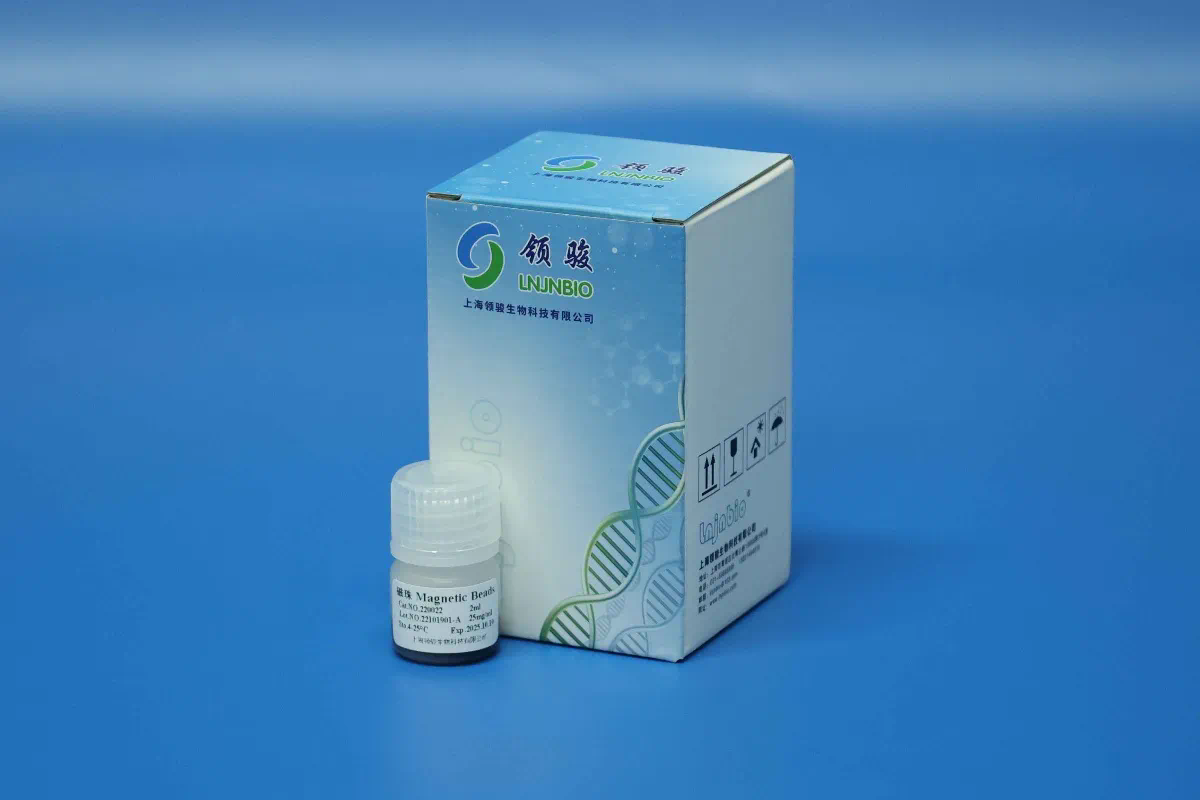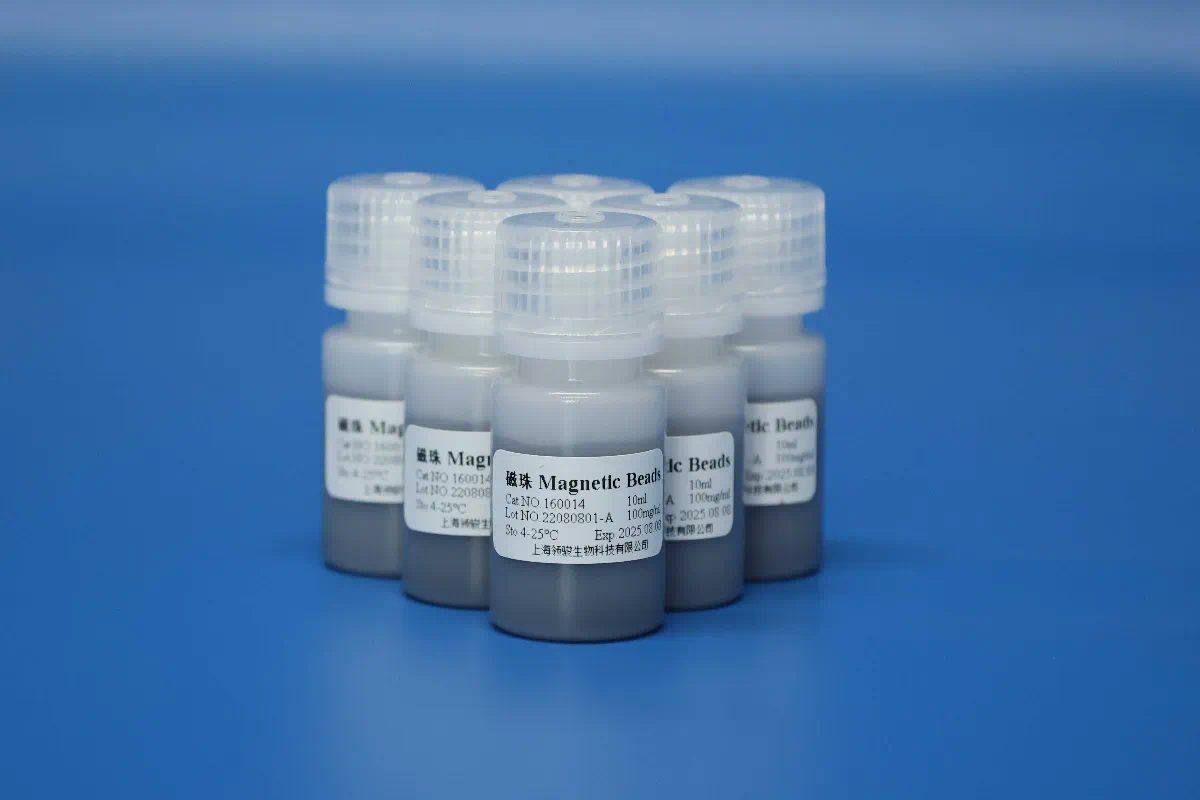Small DNA fragment isolation is a critical process in molecular biology and genomics, necessary for various applications, from basic research to clinical diagnostics. This comprehensive guide delves into innovative approaches to isolating small DNA fragments, emphasizing novel techniques and their practical applications.
Small DNA fragments, typically ranging from a few base pairs to a few hundred base pairs, are often difficult to handle due to their size and the challenges associated with their isolation. Traditional methods may not always be effective, particularly when dealing with degraded samples or complex mixtures. Therefore, advanced techniques and novel methodologies have been developed to address these challenges.
Introduction to Small DNA Fragment Isolation
Small DNA fragments are crucial in numerous biological studies, including gene expression analysis, sequencing, and genetic modification. Their isolation is fundamental in ensuring the purity and integrity of DNA samples, which directly impacts the quality of downstream applications.
Traditional Methods for DNA Fragment Isolation
Historically, methods like agarose gel electrophoresis and column-based purification have been standard practices for isolating small DNA fragments. While effective, these methods have limitations in terms of efficiency, yield, and scalability.

Challenges in Isolating Small DNA Fragments
Small DNA fragments present unique challenges, including:
1. Fragment Loss: Smaller fragments can be more easily lost during the isolation process due to their tendency to diffuse or adhere to surfaces.
2. Contamination: The risk of contamination with other DNA or cellular components increases with the small size of the fragments.
3. Efficiency: Traditional methods may not be optimized for small fragments, leading to reduced yield and purity.
Innovative Techniques for Small DNA Fragment Isolation
Recent advancements have introduced several innovative approaches to address these challenges. These techniques often leverage new technologies or refine existing methods to improve efficiency, yield, and accuracy.

1. Magnetic Bead-Based Methods
Magnetic bead-based methods have gained popularity for their efficiency and flexibility. These methods involve the use of magnetic beads coated with specific ligands that bind to DNA fragments.
– Principle: Magnetic beads are used to capture DNA fragments through specific interactions. After binding, the beads are separated using a magnetic field, allowing for the isolation of the DNA fragments of interest.
– Advantages: These methods offer high specificity and can be adapted for various fragment sizes. They also reduce the risk of contamination and provide faster processing times.
– Applications: Magnetic bead-based isolation is widely used in next-generation sequencing (NGS) and other high-throughput applications.
2. Microfluidic Devices
Microfluidic devices represent a cutting-edge approach to DNA isolation, dna extraction reagent utilizing small-scale channels to manipulate fluid and DNA samples.
– Principle: Microfluidic devices use precise control of fluid flow and separation techniques to isolate small DNA fragments. These devices can integrate multiple steps of the isolation process, including sample preparation, separation, and analysis.
– Advantages: Microfluidics offer high precision, reduced reagent consumption, and the potential for automation. They are particularly useful for handling small sample volumes and high-throughput screening.
– Applications: These devices are used in research settings where precision and automation are critical, such as in single-cell genomics and personalized medicine.
3. Digital PCR (dPCR)
Digital PCR provides a highly sensitive and quantitative method for detecting and isolating small DNA fragments.
– Principle: Digital PCR involves partitioning a DNA sample into many small volumes, where individual reactions are performed. The number of positive reactions is then used to quantify the DNA fragments.
– Advantages: This method offers high sensitivity and accuracy, allowing for the detection of rare fragments in complex mixtures.
– Applications: Digital PCR is used in applications requiring high precision, such as detecting low-abundance mutations and rare alleles.
4. Nanopore Sequencing
Nanopore sequencing is an emerging technology that allows for real-time DNA sequencing without the need for amplification.
– Principle: Nanopore sequencing involves passing DNA molecules through a nanopore and measuring changes in electrical current as the molecules pass through. This information is used to sequence the DNA.
– Advantages: This technology can directly sequence small DNA fragments and provide long-read sequences, which are valuable for understanding complex genomic regions.
– Applications: Nanopore sequencing is useful in genomics and metagenomics for its ability to sequence diverse DNA samples rapidly and accurately.
5. Solid-Phase Extraction Techniques
Solid-phase extraction (SPE) techniques have been refined to improve the isolation of small DNA fragments.
– Principle: SPE involves the use of solid-phase materials to selectively bind and isolate DNA fragments. The process typically involves binding, washing, and eluting steps to achieve high purity.
– Advantages: SPE methods can be customized for specific DNA fragment sizes and types, offering high selectivity and efficiency.
– Applications: These techniques are used in various research and clinical applications, including DNA purification and sample preparation for sequencing.
Comparison of Innovative Methods
Each of these innovative methods has its advantages and limitations, and the choice of method often depends on the specific requirements of the application.
– Magnetic Bead-Based Methods: Ideal for high-throughput applications and large-scale sample processing.
– Microfluidic Devices: Best suited for precise control and automation, particularly in research settings.
– Digital PCR: Provides high sensitivity and quantification, suitable for detecting low-abundance targets.
– Nanopore Sequencing: Offers real-time sequencing and long-read capabilities, beneficial for complex genomic studies.
– Solid-Phase Extraction: Customizable for specific fragment sizes, effective for high-purity isolation.
Future Directions in Small DNA Fragment Isolation
The field of small DNA fragment isolation continues to evolve, with ongoing research focused on enhancing existing technologies and developing new approaches. Key areas of future development include:
1. Integration of Technologies: Combining different isolation methods to leverage their strengths and overcome limitations.
2. Automation and Miniaturization: Developing automated and miniaturized systems to streamline the isolation process and increase efficiency.
3. Enhanced Sensitivity and Specificity: Improving techniques to achieve higher sensitivity and specificity, particularly for challenging samples.
4. Cost-Effectiveness: Reducing the cost of advanced technologies to make them more accessible for a broader range of applications.
Conclusion
Innovative approaches to small DNA fragment isolation have significantly advanced the field of molecular biology, providing researchers with more efficient, accurate, and versatile tools. As technology continues to evolve, these methods will likely become even more refined, further enhancing their applications in research, diagnostics, and clinical practice. Understanding and applying these innovative techniques will be crucial for advancing scientific knowledge and improving outcomes in various areas of biology and medicine.
https://abcicon.com/
